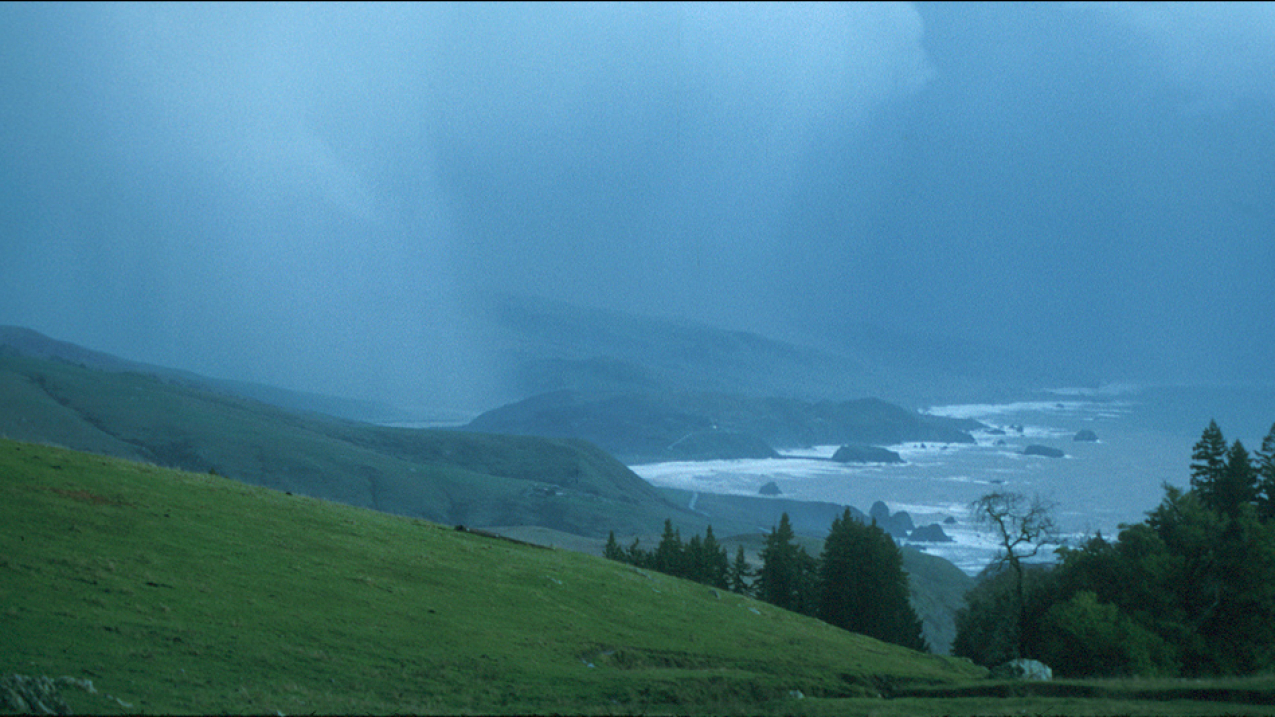Learn more about these rivers in the sky
Atmospheric rivers are relatively long, narrow regions in the atmosphere – like rivers in the sky – that transport most of the water vapor outside of the tropics. While atmospheric rivers can vary greatly in size and strength, the average atmospheric river carries an amount of water vapor roughly equivalent to the average flow of water at the mouth of the Mississippi River. Exceptionally strong atmospheric rivers can transport up to 15 times that amount. When the atmospheric rivers make landfall, they often release this water vapor in the form of rain or snow.

A storm darkens the sky at the mouth of the Russian River, north of Bodega Bay, Calif. The storm was driven largely by an "atmospheric river" over California. (Image credit: NOAA)





